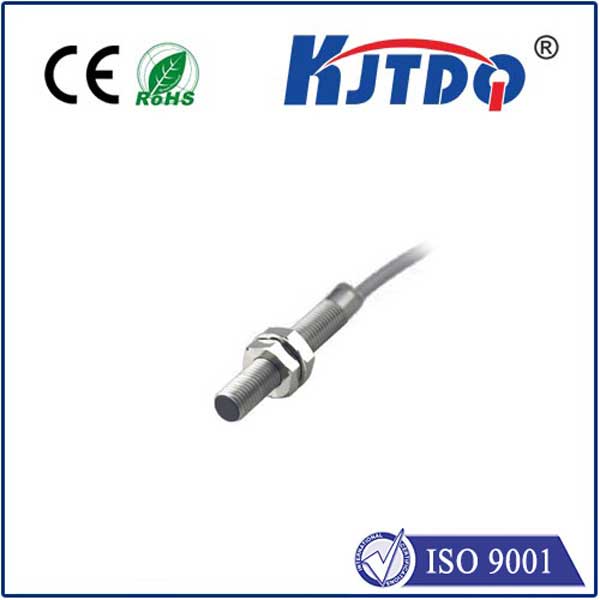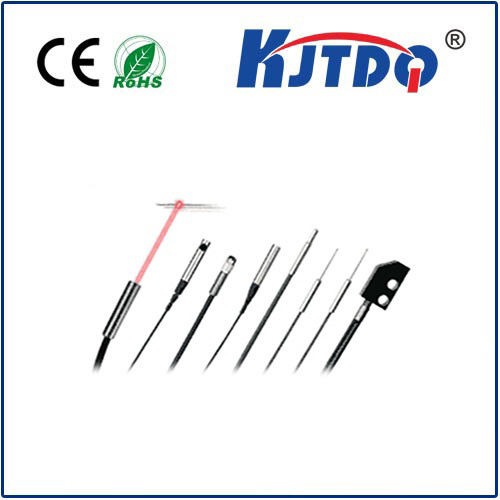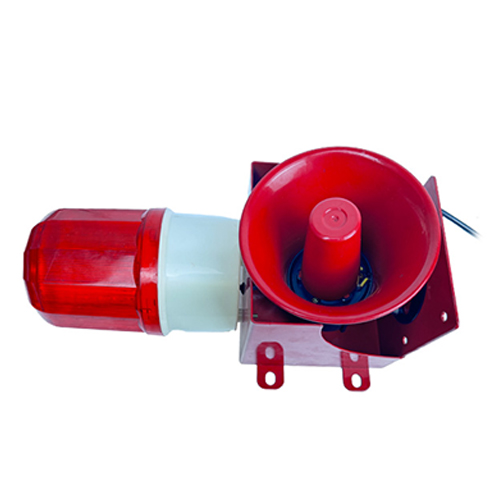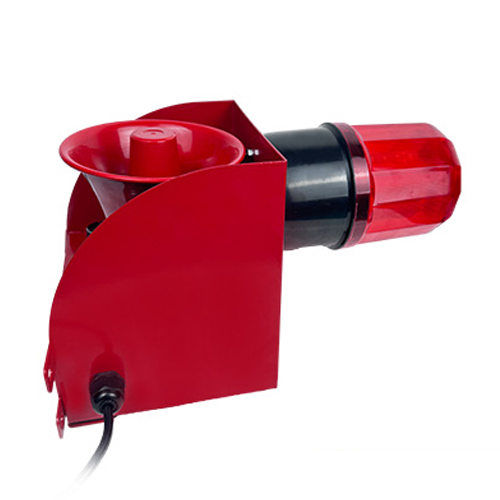SL-A Pull rope switch
- time:2025-09-23 07:20:11
- Нажмите:0
SL-A Pull Rope Switch: Your Essential Line of Defense in Industrial Safety Emergencies
Imagine a conveyor belt jam escalating dangerously, or a piece of heavy machinery malfunctioning near an operator. Seconds count. The ability to shut down equipment instantly, from multiple accessible points along its length, isn’t just convenient – it’s often the critical barrier preventing injury or catastrophe. This is where the SL-A Pull Rope Switch steps onto the stage, not as a mere component, but as a vital, life-saving guardian in industrial environments. This device embodies the crucial concept of the emergency stop cable, providing a reliable and immediate emergency shutdown mechanism.
Understanding the Core Function: The Emergency Pull Cord
At its essence, a pull rope switch is a safety interlock device designed for personnel protection. It typically consists of a sturdy rope or cord running the length of hazardous machinery, such as conveyors, processing lines, or large presses. Mounted at strategic intervals are switching units – the heart of the system, like the SL-A module. When an operator perceives danger – be it a worker entangled, a jam, fire, or any imminent hazard – they simply pull the rope. This action mechanically triggers the switch unit(s), sending an unmistakable stop command directly to the machinery’s control system, initiating an immediate and complete shutdown.
Why the SL-A Model Stands Out as a Safety Workhorse

While the basic principle is universal, the specific design and features of the SL-A pull rope switch elevate it above generic offerings. It’s engineered for the harsh realities of demanding industrial settings:
- Robust Construction & Durability: Industrial environments are tough. Dust, moisture, vibration, and physical impact are constant threats. The SL-A is built with high-grade materials, often featuring sturdy metal housings and corrosion-resistant components, ensuring longevity and reliability even in challenging conditions (mills, foundries, quarries, outdoor installations).
- Fail-Safe Design: Safety devices must default to safety. The SL-A operates on a normally closed (NC) circuit principle under tension. Crucially, any break in the rope, malfunction within the switch, loss of tension, or intentional pull will open the safety circuit, guaranteeing an immediate machine stop. This positive break action is non-negotiable for critical safety functions.
- Clear, Unambiguous Signaling: When activated, it’s vital there’s no doubt about the system’s status. The SL-A switch typically incorporates a brightly colored, highly visible flag indicator (often red/yellow) that pops out when the rope is pulled or tension is lost. This provides immediate visual confirmation to operators and maintenance personnel that an emergency stop has occurred and the system is in a safe state.
- Positive Resetting: After an emergency stop, restarting machinery must be a deliberate, safe action. The SL-A requires manual resetting directly at the tripped switch unit. An operator must physically reset the flag or mechanism, often by twisting or pushing it back into position. This prevents accidental or remote restarting before the hazard has been thoroughly assessed and cleared, reinforcing lockout/tagout (LOTO) procedures.
- Environmental Resilience: Specific models offer varying degrees of Ingress Protection (IP ratings) and NEMA ratings (like NEMA 4, 4X, 12, 13), shielding internal components from dust, water jets, and corrosive elements. Choosing the right rating (e.g., SL-A-IP67) is crucial for the application’s environment.
- Versatile Mounting: Designed for flexibility, the SL-A can typically be mounted in various orientations (horizontal, vertical) to suit the specific layout of the machinery it protects. Adjustable mounting brackets simplify installation alignment.
Where SL-A Pull Rope Switches Are Non-Negotiable
These switches are mandated by safety standards (like OSHA, ANSI, ISO 13850) anywhere rapid shutdown along extended machinery access points is needed. Key applications include:
- Conveyor Systems: Along the entire length of belt conveyors, roller conveyors, and overhead conveyors.
- Processing Lines: In food processing, chemical plants, packaging lines, and material handling systems.
- Assembly Lines: Providing accessible emergency stops for workers at multiple stations.
- Large Machinery: Along presses, printing machines, robotic cells, and other equipment with significant operator interaction zones.
- Tunnels and Enclosed Spaces: Offering escape route safety.
Critical Considerations for Implementation
Simply installing an SL-A isn’t enough. Its effectiveness hinges on correct setup and maintenance:
- Proper Tensioning: The rope must be taut enough to reliably pull the switch before an operator could be dragged into danger, but not so tight it causes false trips. Tension monitoring devices are often integrated or recommended.
- Strategic Placement: Switches must be positioned so the rope is easily accessible (within easy reach, typically 700-1100 mm height) at every potential hazard point along the protected zone, with no more than the maximum recommended distance between switches (often around 20-30 feet).
- Regular Inspection & Testing: Like any safety device, routine checks are paramount. This includes verifying rope tension, inspecting for wear/damage to the rope or housing, checking switch operation (pull test), and confirming the visual indicator and circuit function correctly. Documentation of these tests is essential.
- Integration with Safety Circuitry: The switch must be correctly wired into the machine’s safety relay circuit or Safety PLC, ensuring its signal directly initiates a Category 0 or Category 1 stop (uncontrolled or controlled stop per standards).
Beyond Compliance: Investing in Protection
Choosing an SL-A Pull Rope Switch isn’t just ticking a regulatory box. It’s a direct investment in human safety, asset protection, and operational continuity. A robust, reliable system like the SL-A minimizes downtime caused by preventable incidents and demonstrates a tangible commitment to a culture of safety within the workplace. Its fail-safe design, clear signaling, and manual reset requirements form a critical layer in the safety hierarchy, empowering workers to act decisively when seconds matter most. In the demanding world of industrial automation, the stretched yellow or red rope guarded by the dependable SL-A switch is far more than a cable – it’s the essential lifeline that stands between normal operation and potential disaster.
















